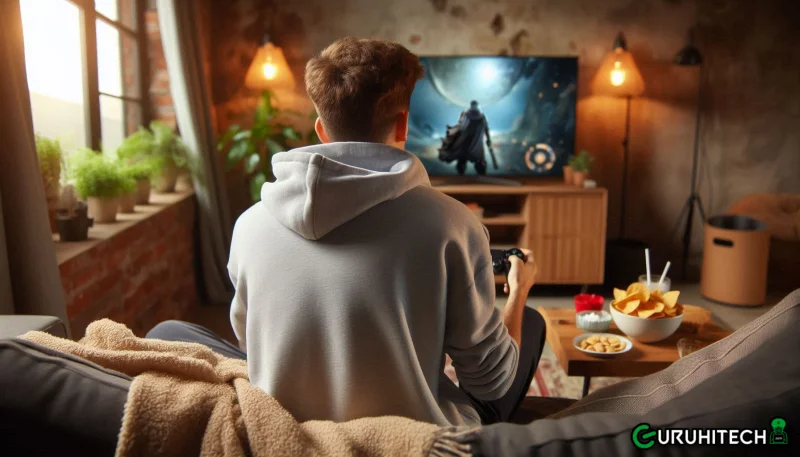The Hidden Science Behind Video Game Difficulty: How Games Keep You Hooked

Have you ever wondered why some video games feel perfectly balanced, while others leave you frustrated or unchallenged? Game difficulty isn’t just about enemy strength or level design—it’s a carefully crafted experience influenced by psychology, player behavior, and adaptive technology. But what goes into designing the perfect level of challenge, and how do games keep players engaged without overwhelming them?
The Goldilocks Principle: Not Too Hard, Not Too Easy
Game developers follow a principle known as the Goldilocks Zone, where difficulty is set at a level that keeps players engaged without making them feel bored or discouraged. If a game is too easy, players lose interest. If it’s too hard, they might quit out of frustration. The best games strike a balance, constantly challenging players while giving them a sense of progress.
Adaptive Difficulty: Games That Learn From You
Some modern games use dynamic difficulty adjustment (DDA) to tweak the challenge in real time. If a player is struggling, the game might reduce enemy aggression or provide hidden boosts. On the other hand, if a player is excelling, the game may increase difficulty to keep things exciting. This ensures a tailored experience that keeps players engaged for longer.

The Psychology of Difficulty and Reward
Games use positive reinforcement to keep players motivated. Difficult sections often come with big payoffs—whether it’s a satisfying victory, a rare reward, or simply the rush of overcoming a tough challenge. This taps into the brain’s dopamine system, making players feel accomplished and eager to continue.
Skill Progression and the “Flow” State
Great games guide players through a learning curve, introducing mechanics gradually and allowing mastery over time. This helps players enter a flow state, where they’re fully immersed, losing track of time while gaming. Titles like Dark Souls and Celeste are excellent examples of games that teach players through experience, making even punishing challenges feel fair.
The Future of Difficulty in Gaming
With advancements in AI, procedural game design, and player analytics, difficulty settings will become even more personalized in the future. Soon, games may analyze playstyles in real time, ensuring every challenge is tailored perfectly to each individual.
Next time you’re facing a tough level, remember—it’s all by design. And if you’re looking for a game that nails its difficulty balance, check this out situs slot gacor.
Ti potrebbe interessare:
Segui guruhitech su:
- Google News: bit.ly/gurugooglenews
- Telegram: t.me/guruhitech
- X (Twitter): x.com/guruhitech1
- Bluesky: bsky.app/profile/guruhitech.bsky.social
- GETTR: gettr.com/user/guruhitech
- Rumble: rumble.com/user/guruhitech
- VKontakte: vk.com/guruhitech
- MeWe: mewe.com/i/guruhitech
- Skype: live:.cid.d4cf3836b772da8a
- WhatsApp: bit.ly/whatsappguruhitech
Esprimi il tuo parere!
Ti è stato utile questo articolo? Lascia un commento nell’apposita sezione che trovi più in basso e se ti va, iscriviti alla newsletter.
Per qualsiasi domanda, informazione o assistenza nel mondo della tecnologia, puoi inviare una email all’indirizzo guruhitech@yahoo.com.
Scopri di più da GuruHiTech
Abbonati per ricevere gli ultimi articoli inviati alla tua e-mail.

 Albanian
Albanian Arabic
Arabic Chinese (Simplified)
Chinese (Simplified) English
English French
French German
German Italian
Italian Portuguese
Portuguese Russian
Russian Spanish
Spanish